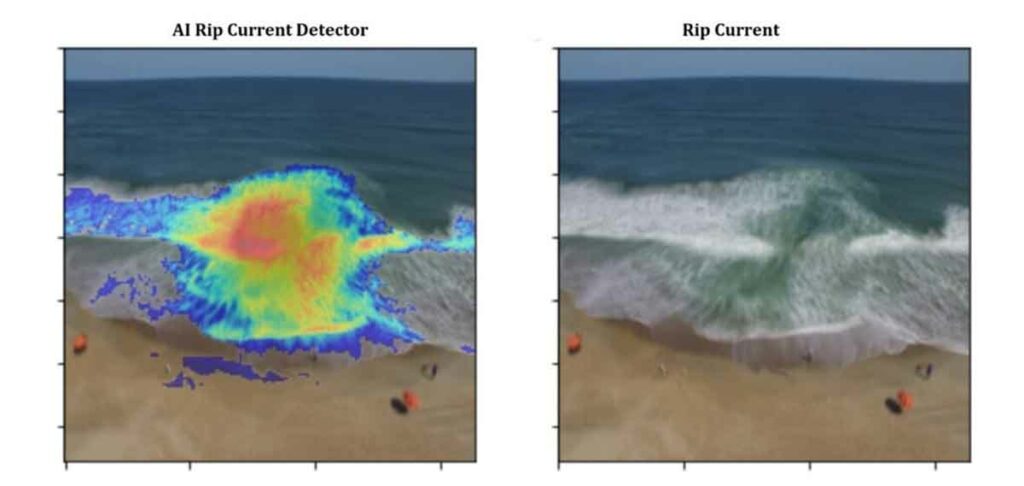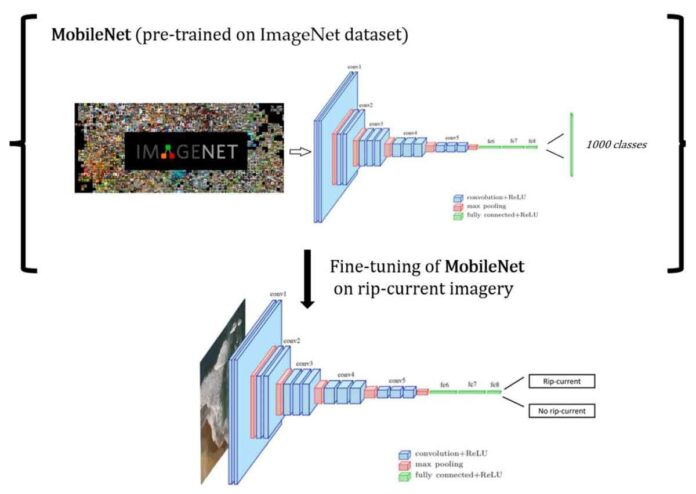Beachgoers will now be safer as a result of new technology that will provide real-time updates on rip currents.
Rip currents are narrow and fast-moving water segments that travel away from the shore. They have the ability to reach speeds of 2.5 meters per second. It is faster than the fastest Olympic swimmer.
NIWA and Surf Life Saving New Zealand (SLSNZ) have collaborated to create a cutting-edge rip current identification tool that employs artificial intelligence (AI) and deep learning. The tool detected rip currents with an accuracy of around 90% in videos and images. The findings were published in the journal Remote Sensing.
According to NIWA coastal scientists Dr. Christo Rautenbach and Neelesh Rampal, the technology has been tested on a wide range of images from various coastal settings. It will eventually be used to warn beachgoers of rip currents.
“We hope that by using cameras and drones on beaches, the tool will be able to scan video footage and alert users to the presence of rip currents. Depending on the beach and environmental conditions, even experienced surf lifeguards may have difficulty identifying rips. Also, because some beaches are remote or extremely large, surf lifeguards can benefit from any additional assistance they can get “Dr. Rautenbach stated.

Millions of coastal aerial images were fed into the AI model with artificial rain and fog data. These will teach the model to identify where rips occur in real-time, regardless of weather conditions or camera angle.
According to Adam Wooler, Special Projects Manager at SLSNZ, once operational, the technology will be invaluable for people out enjoying our beautiful coastline.
“This is only the beginning of our collaborative research. Our goal is to develop even more effective, accurate, and dependable beach safety tools for New Zealand. Even the strongest swimmers can be swept out to sea by rip currents. We had 90 people drown in New Zealand last year. 25 of them on beaches. So, we’re hoping that this technology will help to significantly reduce that number “Wooler stated.
Rip currents are reported to be the most dangerous safety risk to beachgoers worldwide. According to a study, they have killed more people on Australian territory than bushfires, floods, cyclones, and shark attacks combined.
More information: Neelesh Rampal et al, Interpretable Deep Learning Applied to Rip Current Detection and Localization, Remote Sensing (2022). DOI: 10.3390/rs14236048

